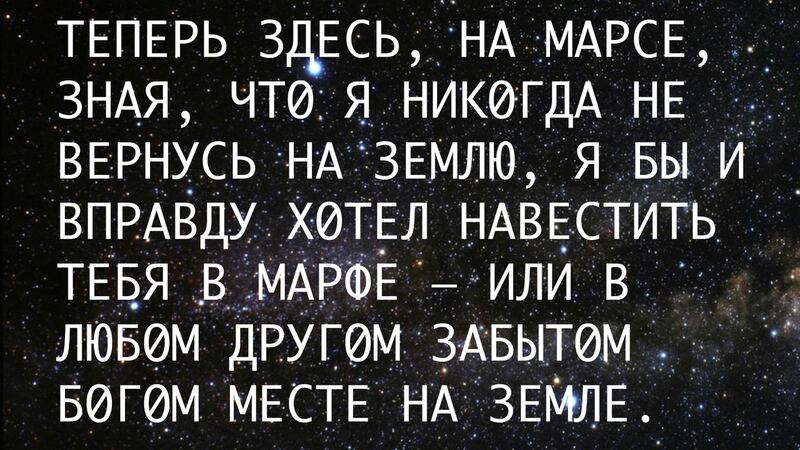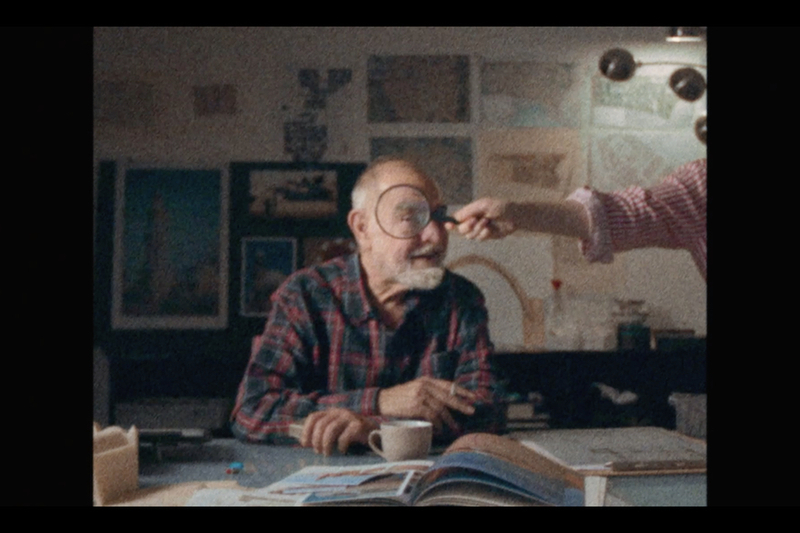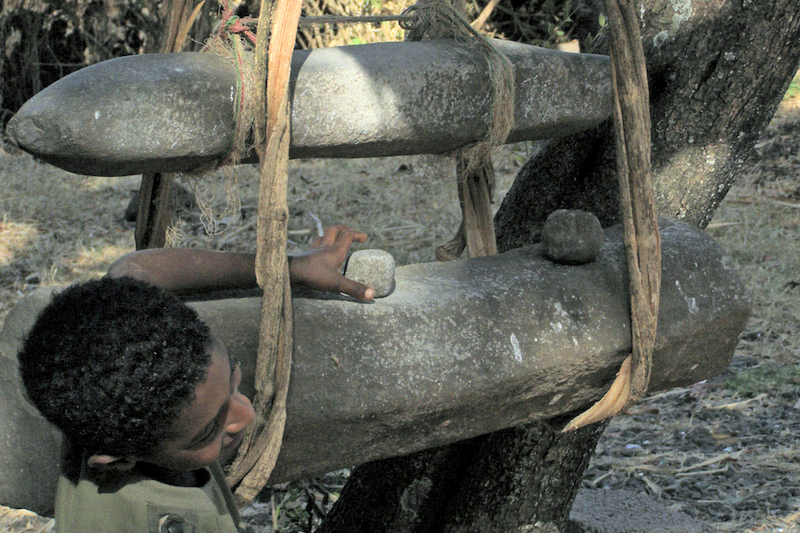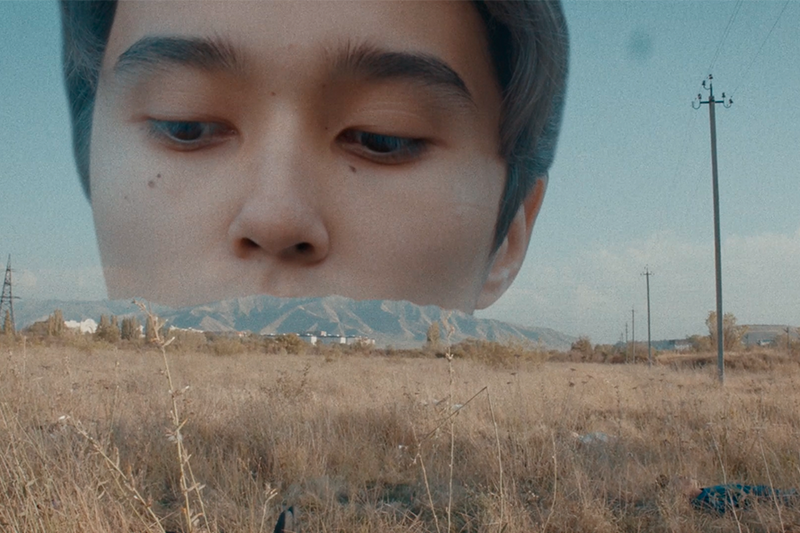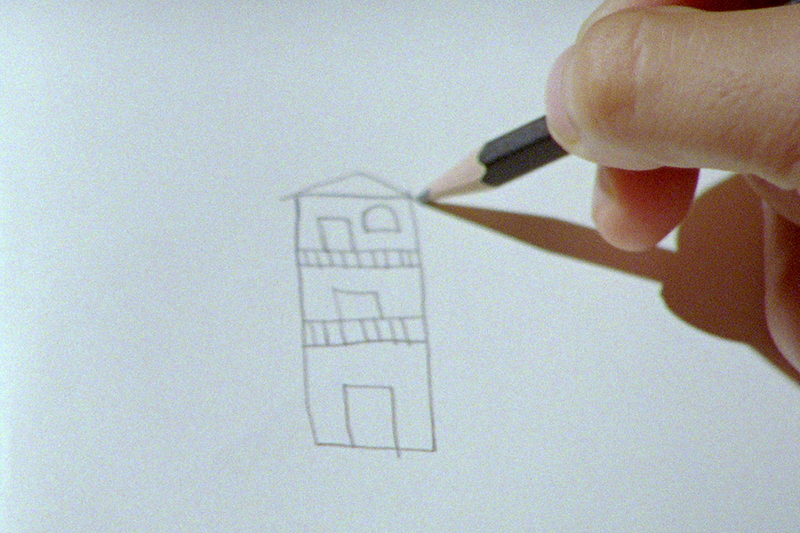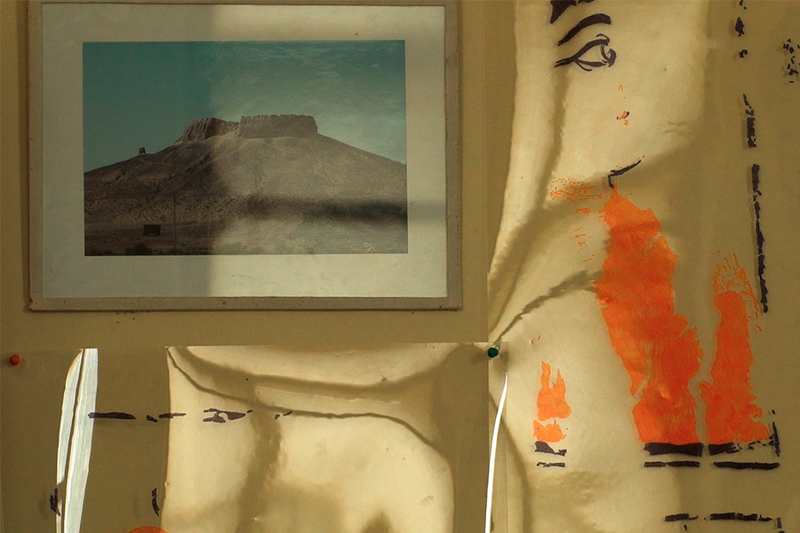
Netherlands-based Palestinian artist Alaa Abu Asad’s video essay, "Wild Plants of Palestine" (2018), follows observational tours “conducted by two professors from Birzeit University to collect photos and information about Palestinian flora.” The essay was screened by (EE) Films from December 11th to 22nd. EastEast Editors Olya Korsun and Konstantin Koryagin’s conversation with the filmmaker unpacks some of its essential themes: the critical reading of photographic images, the limitations of visual representation of landscapes, the translation and mistakes that are part of creative language, and the power that beauty holds.
I studied photography for years. A part of your education as a photographer is not only in the way of making or creating images, but also in looking at them, looking behind and beyond them. Basically, that means not looking at the center of the image or what is shown in the image only, but decomposing that image into other elements—the photographer, the photograph, the subject or object, the location where the photograph was taken, the day and place where it was published, where it is being used and by whom, who can use it, who has access to it and who doesn't, what kind of information it reveals or hides from us. And, above all, we know that images and photographs are a selection of reality—they're physically focusing on one part of a bigger reality. These are the methods I use in decomposing or revealing each image.
, as an anchor. The subtitles for me are part of the image; they are not just there to provide the viewer with an understandable text. The subtitles follow stuttering or uncertainty and, you know, sometimes I read things wrong! Like, instead of saying “Westbank” I said Palestinian bank. But I keep it because it creates something new. The translation is not automatic; it's a creative tool if you want it to be. And it's part of the aesthetic experience of the image in the end. That's why I kept the slippages and nuances in the subtitles and also in the voice.
I don't think there are such images, like neutral images, in general
Another thing is that beauty or beautifying symbols also have power. If you look at Palestinian embroidery that is done mainly by women, these patterns do have meanings. They're not just beautiful. And each meaning can be related to something historical, political, societal, ecological, geographical, etc. So there is power in beauty and we shouldn't shy away from it. We just need to stand behind it. Why do we only need to see things that are just ugly and sad, and then cry and get frustrated? We can also be empowered from beauty and from nature.
This question of representation has been haunting me for some years already. The images that represent Palestinians through history and media are very specific. And we all know them, unfortunately. When I went to work at the Palestinian Museum, I started thinking, What is the Palestinian story? What is the Palestinian image? Is there one image of being Palestinian? And if yes, where is my position in that? So, that was a bit conflicting to me on a personal level, and that's why I was like, okay, there's something wrong with these images of representation.
I think Hito Steyerl talks about this beautifully when she discusses the original thing in “In Defense of the Poor Image.” She says there's no original one thing, things do change, they're constantly changing, and the representation should change as well. So, that was the place where the question arose: why is there an institution or place trying to create an image of Palestine and what does that mean? It is also applicable to landscape: Palestine is such a small place, but it's quite diverse and quite unique. There are mountains, valleys, and the sea, and each of these places has its typical or special beauty or reality. In addition, the land was or has gone through a partition and separation for more than 100 years already.
So things can be different in each of these geographies, adding to that the historical facts deriving from the annexing of the land of Palestine, the confiscating and looting of lands, personal, and public belongings—this includes the British Mandate, the EU and United Nations decision to partition Palestine into two states in 1947, the establishment of the State of Israel in 1948 and the resulting expulsion of a lot of refugees in and out Palestine, the Israeli Military Governorate of the 1967 War, and its following occupation of land in Golan Heights, Gaza, the West Bank and Jerusalem, the military checkpoints, the illegal settlements, the highways, and planted infrastructure. And for Palestinian nature, all of this, sadly, does create different realities, and thus creates different representation. Which means there's no one representation of the landscape, and this is where my question comes from. Representation shouldn't be taken for granted. As long as it exists, we should question it and seek other forms of living experiences, rather than relying only on the existing representation.
Representation shouldn't be taken for granted
On the other hand, my question about the content of these images arises again. In conflict areas and war zones, there are images of dead or injured bodies. I don't watch these images. Because something breaks in me if I'm exposed to this—I can't sleep, I can't function. I'm not myself anymore. So I do actively refuse to see these images. Then, I ask myself: What is the effect of these images on the people who see them? Of course, they create frustration and anxiety, mental and emotional fatigue, uprisings, whatever you want to call it. Then I also ask myself: what is the duration of that effect? And I do believe this duration is very short and brief. So that is why watching these images isn't as effective. You know what I mean? I don't need to see dead corpses to understand what's going on in Palestine or any other place. There are other images, other information that could work on me and make my reaction resilient, more inclusive, allowing for the building of connections with other oppressed people somewhere else.
I also need to say that answering this question within one minute is a bit . . . I'm answering this, and it’s the only question that makes my heart bounce. Susan Sontag speaks about this beautifully. What she's saying is that watching others suffer makes you appreciate your life, because you're not suffering like them. But is this what we want? Is it the way to end suffering and conflicts? That's why dealing with plants and landscape and beautiful images gives me a way to address the conflict, war, and occupation, rather than showing it. Again, I can't speak on behalf of anybody who is under bombardment. But as someone who deals with visual material, I would opt for the things that are seemingly not related, or indirectly related or pertinent to the topic—I can make them very much related to what I want to say.
